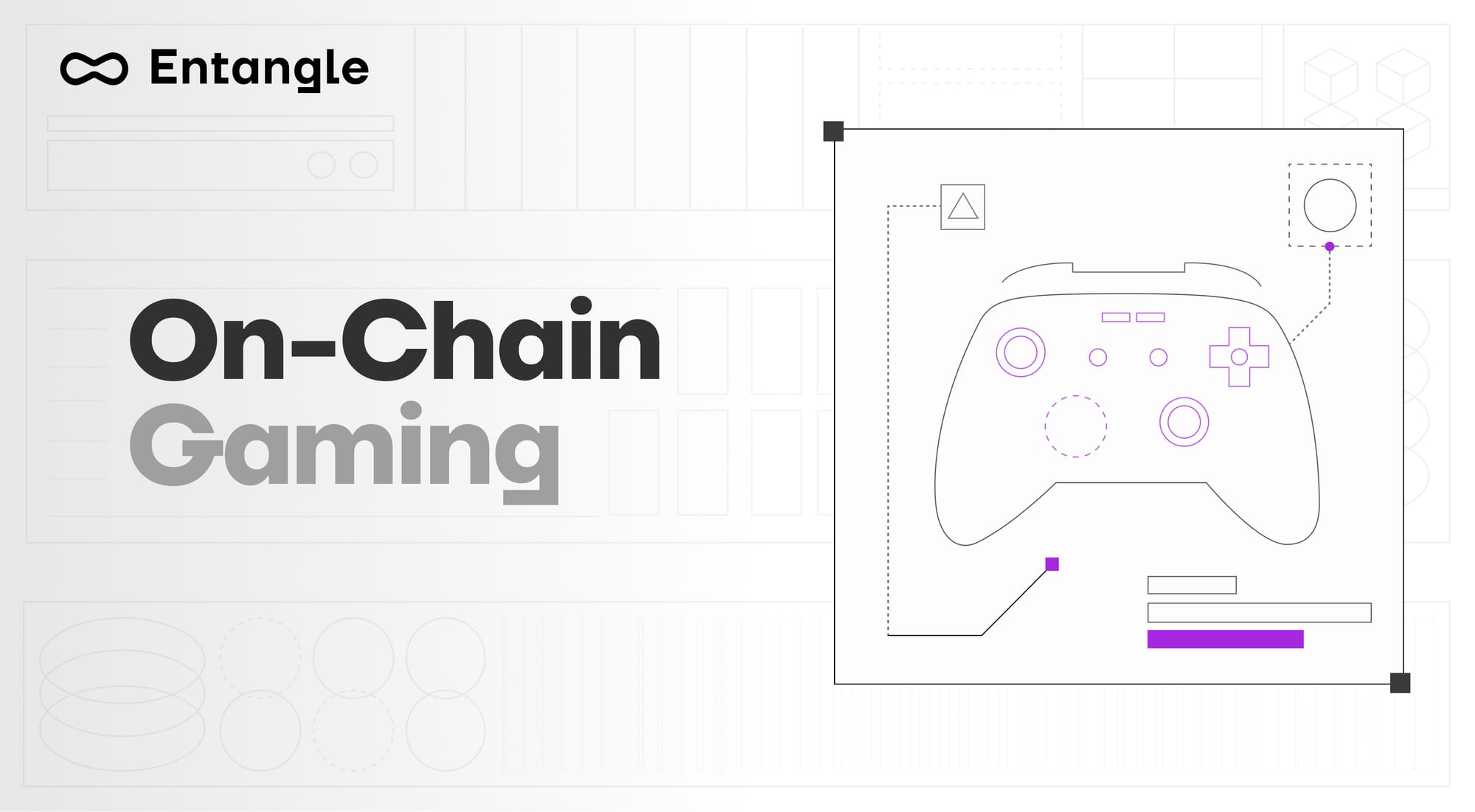On-Chain Gaming

Web3 gaming, known as GameFi, encompasses a wide range of on-chain gaming experiences such as player-versus-player formats, multiplayer games, casino-style games like poker and blackjack, e-sports, and much more.
That being said, this emerging ecosystem faces several obstacles:
- Limited Interoperability: It is challenging to connect assets & information across various EVM & non-EVM networks. This in turn limits potential reach and ultimately revenue, while harming the user experience.
- Challenging Integration: Managing different network connections, configurations, and data feeds is challenging. It should be as simple as possible to integrate with new projects.
- Low Fees: Data feeds using the “push” architecture quick rack up fees. Projects require a low-cost data solution that pulls data only when needed.
GameFi requires top-tier interoperability infrastructure and fast, low-cost data feeds that power the backend, while providing the end user with a Web2 experience.
Entangle does exactly this and below we’ll explain how.
The GameFi Landscape
GameFi holds considerable promise, especially considering Web2 gaming’s substantial user base and revenue, which boasts 2.7 billion users annually and is expected to bring in $490 billion by 2023. These figures exclude related industries, like the $87 billion online gambling market and the burgeoning AR/VR sector. Despite this potential, having countless different assets, networks, and data, adds significant complexity on the backend.
Web3 gaming has several benefits:
- New monetization models, such as Play-to-Earn (P2E)
- True asset ownership
- Asset interoperability between networks
For instance, Axie Infininity enables players to collect, trade, and own NFTs known as Axies, and was a leader in the P2E model. Despite earning $1.3B in 2021 revenue, being restricted to a lone network also restricted their potential reach, and interoperability woes ultimately led to a $650M bridge hack that hurt them significantly.
Meanwhile, both Illuvium and Shrapnel are AAA blockchain-based games seeing mainstream success, integrating Web3 aspects such as P2E mechanisms, DeFi functionality, asset ownership, and new gameplay mechanisms.
This is only the beginning, but to truly scale the industry, we need all of this to be seamlessly handled on the backend while not distracting developers from other core functions.
Possibilities with Entangle
Entangle’s interoperability infrastructure enables the real-time, cross-chain transfer of data and assets, while also enhancing liquidity with its composable derivative tokens.
Entangle benefits Web3 GameFi developers in several key ways:
- Cross-chain Interoperability: Provide a seamless omnichain experience for your users.
- Easy Interoperability Integration: Simple plug-and-play integration for developers. All configurations require limited input from developers, and are ready to go.
- Full Customizability: Customizable consensus, data sources, data delivery method, and more based on custom needs.
- Data Feeds: Connect any Web2 or Web3 data source directly.
- Increased Yield: Assets can be converted into composable derivative tokens. For example, in-game LP tokens could be wrapped and bridged to other networks, increasing yield.
For example, a Web3 game on Polygon could work with Entangle to simplify launching on various other networks, such as Mantle, Arbitrum or Optimism. In-game assets and other information would be right away bridgeable across external EVM & non-EVM networks, with all complexities abstracted away to provide the end-user with a Web2 gaming experience.
This is all done through Entangle’s Photon Messaging Layer that connects EVM & non-EVM networks.
At a high-level, this relies upon Circuits which send cross-chain messages via the Entangle blockchain network. Consensus is managed by Entangle’s Transmitters, or 3rd party Transmitters, using a Delegated-Proof-of-Stake consensus mechanism with all parties KYC’d. To learn more we recommend visiting our Gitbook.
Beyond this, some other potential applications include:
- Accepting collateral on any chain
- Cross-chain trading and yield aggregation
- Cross-chain lending & borrowing
- Real-time state updates, informing smart contracts on other blockchains of events
And much more.
Conclusion
Entangle represents a significant leap forward in addressing the key challenges facing the GameFi sector, notably interoperability and backend complexity.
By offering a seamless, cross-chain data and asset transfer infrastructure, Entangle empowers developers to create more immersive and interconnected Web3 gaming experiences. Its plug-and-play integration, customizable options, and efficient data handling streamline the development process, allowing developers to focus on innovation and gameplay rather than technical barriers.
To learn more about Entangle and to chat with our team, visit the website.